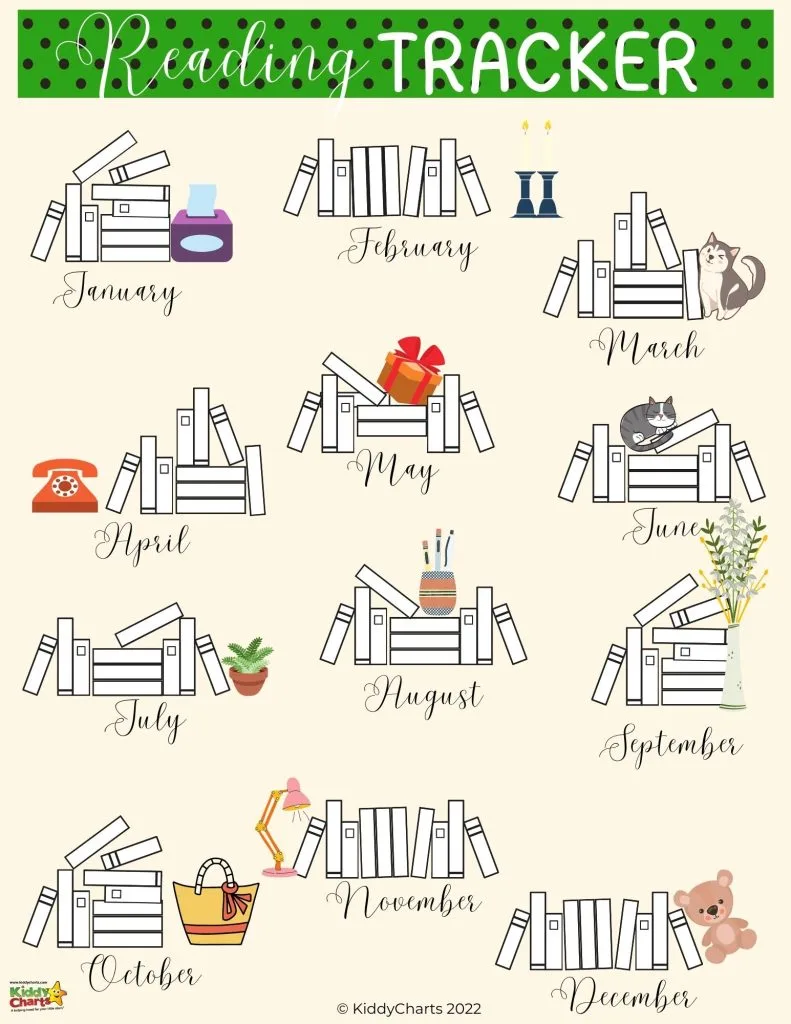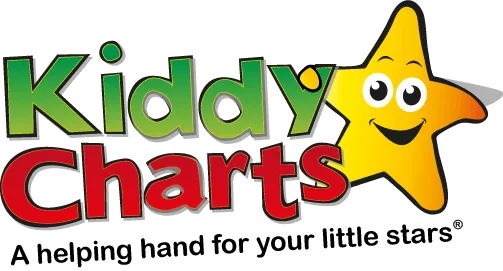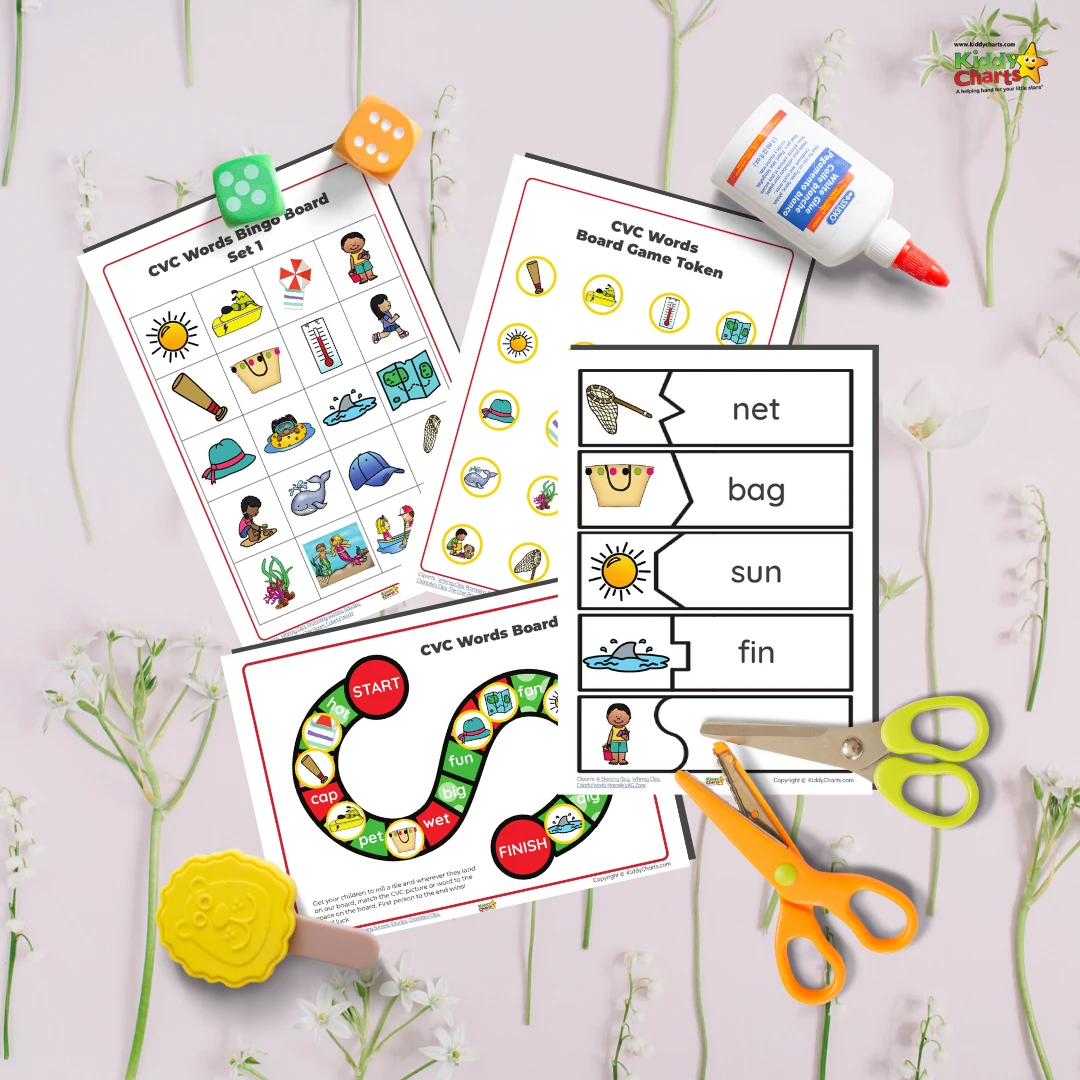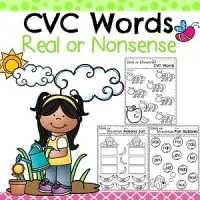It is so much fun keeping track of the books that you are reading. Regardless of whether you are a kid or an adult; seeing the list grow, and take can provide an amazing sense of achievement. We’ve put together a simple, but really effective, reading log for you to download. There is a full color version, as well as an outline so you can color one in, or the kids can:

Why use a reading log?
There has been some discussion about whether reading logs are actually useful for students, and there is debate about them to the extent that some consider them to have a negative effect on student’s motivation to read.
However, the attitude of the educator / parent to a reading log can go a long, long way to determining the attitude of the child. Reading logs need to be presented to kids as simply a fun way of showing what they’ve been up to with reading over the year.
They need to be approached with fun and less of a competitive angle. It isn’t about competing between class mates, or siblings about how much you have read, but more about just enjoying the achievement around that reading. If avid readers see updating their reading log as a chore, then of course, it can be demotivating. But, if they see it as just noting down what they have done, so they can go back and see, and even re-read some of the books they have enjoyed, it becomes a positive, and even empowering task.
Re-reading books, for example, can increase the enjoyment and comprehension of those titles; giving kids an extra layer of fun to books that have already caught their imagination.

What to remember when filling out a reading log
The key things to remember are:
- Fun: Make it fun, and not a chore – that way you, and your kids aren’t feeling that you “have” to fill it out. It’s actually something you are enjoying keeping track of,
- Commit to a time to read: Focus on trying to read for fun whenever, but encourage kids to make a pact with themselves to commit to x minutes when they sit down and start their reading. For example, 20 minutes a day provides a good start, and structure for them,
- Use other appropriate resources: Consider using a site like Good Reads alongside the paper log for adults and older children. These are great sources for the books you want to read next, and provide a space to review what you / they have read too. They are extremely complimentary to your paper reading log!
- Encourage: Use the reading log to encourage, and not to berate – so its best not to point on what hasn’t been achieved, but what HAS! Slow readers don’t need to be discouraged; lift them up!
- Keep it brief: Our reading log is simple, just add the book names to the books on our image. You don’t need to go all fancy! If you want, you can use our reading planner alongside the reading log to help even more with your reading plans, and finally
- Give rewards: You can either give yourself rewards, or work out rewards for your reading log with your class and / or kids. When you are deciding what will be rewarded, it is again important to focus on the positives. Perhaps reward for filling it in, or just for the most colorful one; it is best to keep it less about how many books have been read, and more about just having fun and enjoying the reading ride!

What does the reading log look like?


We have two sheets in our reading log; one full color, and the other in black and white. You can get busy with your reading log, and color it in in bright colours as you go along. You can either:
- Write the name of the book on the book once you have read them,
- Keep it really simple and just color in a book ever time you read one in the month that you read it,
- Each book is given a length of time, e.g. 30mins, and you color in the number of books that make up the time that you read, or finally,
- Each book is a day within the month, and if you read on that day, you color in the book.
We prefer the last option, simply because we find it hard to keep up with reading, and it is a great way to see what we have managed in any given month within the year. Given our busy lives, it is much easier to keep track this way as it’s dead easy to do!
To download this resource, just click on the button below and it is yours for free. Any questions, do contact us too.
If you are looking for other reading resources on KiddyCharts, then do take a look here too:
Phonics and reading on KiddyCharts
More ideas and activities for kids around phonics and reading.
Learning phonics with toddlers: Download your free phonics flashcards #31DaysOfLearning
Flash cards for you to use to help with Phonics and your little ones from our 31 Days of Learning event.
CVC games with an ocean theme
CVC games are a great way to help with learning early - check these ones out.
Three reading rhyming games for kids: Free printable #31DaysOfLearning #WorldBookDay
Rhyming is always fun as this book shows - so how about these three rhyming games to help with reading too?
And here are some other resources off site as well:
Check out these free reading printables from around the web.
Reading Worksheets - CVC Words - Planning Playtime
Take a look at these CVC words and find out if they are real or nonsense.
Worksheet for Kids
Take a look at these worksheets for kids for preschool/kindergarten.
Write the Beginning Sound Worksheets {FREE} - This Reading Mama
Write the beginning sound of words with these worksheets.
If you like what you see on the site, do sign up to our newsletter for articles as they are released on site:
We do hope that you come back soon as well.
Helen








